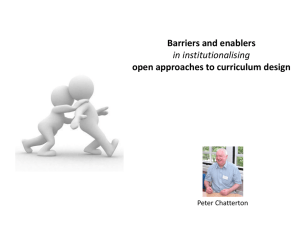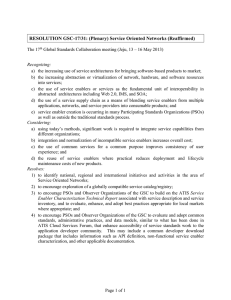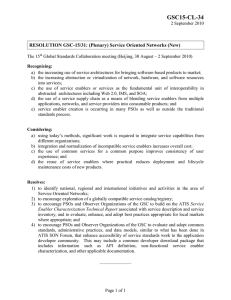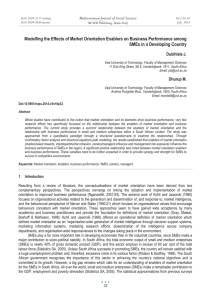Pathways through Transition: Rounding up and next stages
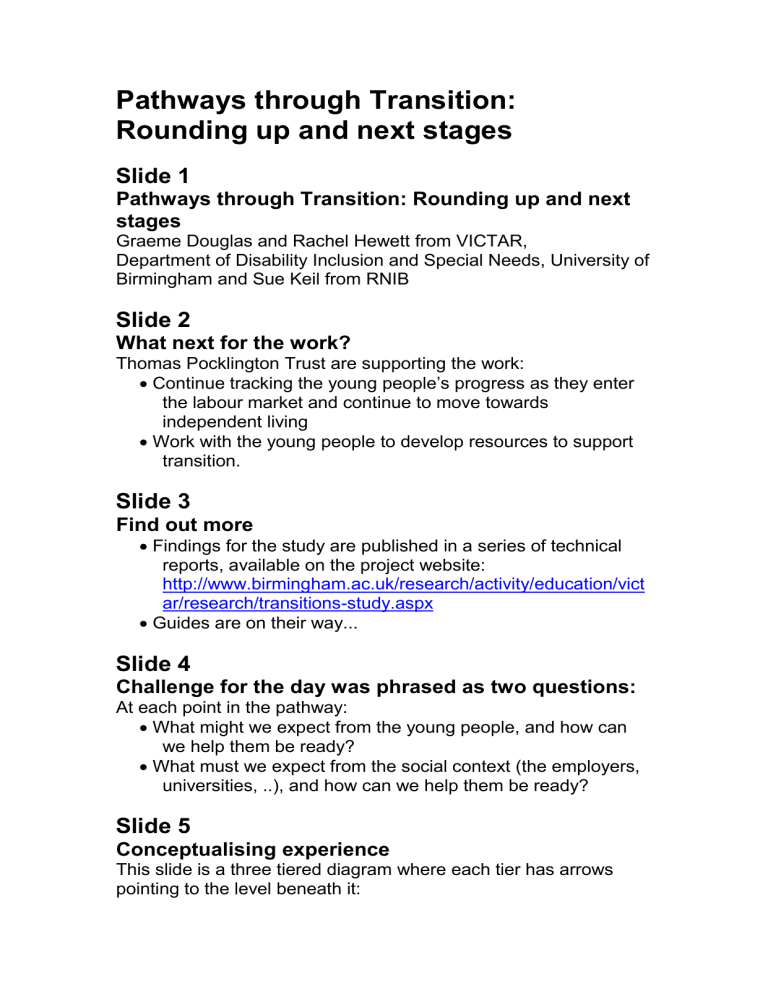
Pathways through Transition:
Rounding up and next stages
Slide 1
Pathways through Transition: Rounding up and next stages
Graeme Douglas and Rachel Hewett from VICTAR,
Department of Disability Inclusion and Special Needs, University of
Birmingham and Sue Keil from RNIB
Slide 2
What next for the work?
Thomas Pocklington Trust are supporting the work:
C ontinue tracking the young people’s progress as they enter the labour market and continue to move towards independent living
Work with the young people to develop resources to support transition.
Slide 3
Find out more
Findings for the study are published in a series of technical reports, available on the project website: http://www.birmingham.ac.uk/research/activity/education/vict ar/research/transitions-study.aspx
Guides are on their way...
Slide 4
Challenge for the day was phrased as two questions:
At each point in the pathway:
What might we expect from the young people, and how can we help them be ready?
What must we expect from the social context (the employers, universities, ..), and how can we help them be ready?
Slide 5
Conceptualising experience
This slide is a three tiered diagram where each tier has arrows pointing to the level beneath it:
The top tier is in a green box and represents “Policies and legislation ” such as: Children and Families Act 2014; Care
Act 2014; DSA; Access to Work.
The middle tier is in a yellow box and repres ents “Services, systems, people ” such as: ‘mainstream’ teams; teaching, employment and disability teams; families; campaigning groups.
The bottom tier contains two boxes connected by red arrow pointing both ways to show they are closely related. The box on the left is red and represents “Social enablers” such as:
Inclusive design; Anticipatory and reasonable adjustments.
The box on the right is violet and represents “Individual enablers” such as: Self advocacy; Independence Skills
(mobility, ILS); ICT; Qualifications; ECC.
Slide 6
Conceptualising ACTION
Social enablers : need strategic thought and planning; need design; need campaigning for; may be legally required; are a moral imperative
Individual enablers : the skills are extraordinarily useful and empowering; These skills must be taught
Both are important and coexist ; Both require dedicated and knowledgeable people.
The bottom of the slide repeats the third tier from the previous slide: two boxes connected by red arrow pointing both ways to show they are closely related. The box on the left is red and represents “Social enablers” such as: Inclusive design;
Anticipatory and reasonable adjustments. The box on the right is violet and represents “Individual enablers” such as:
Self advocacy; Independence Skills (mobility, ILS); ICT;
Qualifications; ECC.
End
